Being a professional software developer requires a pretty good deal of technical skills, such knowing at least one or more programming languages, a framework and having sufficient problem-solving skills. But equally important is the ability to present your ideas effectively, especially when communicating with customers. Be it pitching for a project as a freelance developer, a team lead in a client meeting, or an in-house team presenting about your product update; the way ideas are presented to clients can either make or break a deal.
In this blog post, we’ll go through how developers can clearly, convincingly, and confidently present their ideas by keeping the customer’s perspective in mind.
Understanding the Customer Perspective
Before thinking about how to present your ideas, it is important to understand your audience-your customer. Whether the client is a technical authority or a business stakeholder who knows next to nothing about development, you need to tailor your presentation to that level of understanding. Here’s how:
- Assess Their Technical Knowledge:
- Is your customer a fellow developer, a product manager, or perhaps just a business owner with limited exposure to technical issues?
- The knowledge of his or her proficiency will come in handy when you frame the conversation-whether you can deep dive into the specifics of programming or have to generalize and simplify into layman’s terms.
- Understand Their Business Goals:
- Each customer has a problem that they are trying to solve or a goal trying to achieve. It could be boosting sales, making things more efficient, or improving user experience. Whichever the case, the identification of such goals helps in molding the presentation one gives to show how well one fits into their needs.
- At any time while presenting ideas, speak not just about the technical brilliance of your solution, but more importantly, how it will add value to the customer’s business. For example, code optimization could be great to improve the load times of a website, which is fantastic. What really matters to the customer, though, is that faster load times can reduce bounce rates and improve conversions.
- Anticipate Their Concerns:
- Customers might have apprehensions related to cost, time-to-market, technical feasibility, or long-term viability of a solution. Be prepared to deal with these issues upfront in your presentation.
You’ll be in a much better position, starting with a very thorough understanding of your customer’s perspective, to tailor the communication and ensure that your ideas are not only heard but also appreciated.
Structuring Your Presentation: A Framework for Success
Once you understand your customer inside out, structure your presentation. Here is one of those tried-and-tested frameworks to help developers present their ideas in clear and engaging ways:
Start with the Problem
It is a good practice to begin with a proper explanation of the problem you are trying to solve. This does two things:
- It shows the customer you understand their problems.
- It sets the stage for your solution so it will be more applicable.
For instance, start with the business-level discussion, without diving into the technical explanation: “Your e-commerce website is suffering from high cart abandonment rates, affecting revenue. A high factor into this is page load time, especially on mobile devices.“
At this step, explain the problem – do not explain your solution. By describing the problem, you will be confirming for a customer their view about the challenge to which you will be attempting to find a solution.
Introduce Your Solution
Once you have a well-defined problem, introduce your solution. As a developer, you will be tempted to dive into technical jargon right away, but do not give into it. Rather, commence with a high-level overview: “To address the slow load times, we propose a solution that includes optimizing the images, compressing the CSS and JavaScript files, and implementing lazy loading for product pages.“
Make sure you keep explanations at a high level so everyone in the room understands it, no matter what their technical background is. It’s possible to delve a little deeper into the actual technical details, of course, if that is what the customer wants and can understand.
Explain the Value
After you you describe your solution, it is the time to describe the value it brings to your customers. This is a key step in bridging a great technical idea to something the customer actually cares about. You always have to make sure your solution can be described in relation to the customer’s business goals.
A great way to put it is to shift the paradigm from what are you doing-really technical implementation-to why does it matter, which is business impact.
Use Visual Aids
Most of the ideas related to development are abstract or hard to understand for a non-technical person. This is where the use of visual aids can bring a full change. Following are some kinds of visual aids that may work in presenting technical ideas:
- Diagrams: Through the use of flowcharts or diagrams, one can break down complex systems into easily digestible components.
- Wireframes or Mockups: In the case of a front-end or UI change, a wireframe or mockup will efficiently help the customer to imagine the end product.
- Graphs and Charts: If your idea involves performance improvement or data analytics, attach charts or graphs that help present the information in a more understandable format.
Visual aids not only help in simplifying complex ideas but also retain audience interest, therefore making the presentation dynamic.
Address Concerns and Questions
As much as one prepares a presentation, there will probably still exist questions or objections. This is a good thing showing that the customer is interested. Be prepared to answer any questions, especially those related to:
- Cost: Explain to them candidly how much time and resources your solution will take.
- Feasibility: If the solution sounds complicated, break down big components into smaller components to illustrate it’s doable.
- Timeline: Provide realistic timelines for implementation, balancing quick wins against the imperative for longer-term sustainability.
Whenever possible, answer concerns with evidence and examples from past work. For example, if a customer is concerned about the feasibility of the solution, you might say: “We implemented a similar optimization for a previous client, which reduced their load times by 40% within three weeks.“
End with a Clear Call to Action
Finally, make sure your presentation concludes with a clear next step. That can sound like this:
- Requesting approval to move to the next stage: “If that makes sense for you, then we can start the optimization process the following week and have something demoed in a month.”
- Asking for feedback: “We’d love to hear your thoughts on this approach and whether it aligns with your goals.“
A clear Call to Action helps customers remain on track without a conversational stall and aligns both parties in the directions to take.
Tips for Effective Communication
Beyond organizing your presentation, here are a few communication tips to help you connect with your customer more effectively:
Avoid Jargon
While developers are accustomed to using technical language, clients do not always understand that as well. Try to avoid using jargon unless you are positive the customer will understand what it means. Instead of “We’ll minify the CSS and JS files,” say, “We will make your website’s code more efficient, which will improve the loading times.“
Use Analogies
Analogies are powerful descriptions of complex technical concepts. You could describe data caching by saying, “It’s like creating a desktop shortcut to a document you use frequently. It saves you opening the document every time – way quicker.“
Be Honest
If there is an aspect of the project that is either a risk or not known, then share it. Customers appreciate honesty, and it sets the stage for collaborative problem-solving rather than disappointment later on.
Listen Actively
A presentation is not all about talking; it’s about listening, too. During the discussion, always listen to the concerns, feedback, and ideas of the customer. This would help build rapport and be able to adjust your solution to further fit their needs.
Stay Open to Feedback
Even when you think your solution is the best, listen to feedback. Customers may provide alternatives or identify potential problems of which you might not have been aware. Being flexible and open to taking into acount the customer’s input can result in an improved end product and enhance the customer relationship.
Handling Difficult Situations
You’ll invariably be in some kind of situation where your ideas are either scrutinized or outright denied. Here’s how to work your way around the sticky situations:
Overcoming Objections
If a customer objects to something you’ve presented, immediately question them to determine what they are really concerned about. Example: “Can you help me understand better what your primary concern about this approach is?“
This opens a dialogue and might help you to respond to specific issues rather than guessing at the reason reason for the objection.
When the Customer Wants Something Unfeasible
Sometimes, clients request something impossible or highly impracticable. Explain the problems in this respect and offer alternatives. Example: “While building this feature within two weeks isn’t feasible due to the complexity, we can deliver a basic version by then and roll out additional features over the next month.“
When the Customer Changes Their Mind
It is pretty common that clients might change their minds right in the middle of the project. When this happens, just be very calm; use this opportunity to revisit the goals of the project together. Ask questions as to why they changed their mind and work together to adjust the plan.
Conclusion
As this article has demonstrated, presenting an idea to a customer is an invaluable skill for any developer. If you understand your customer’s perspective and structure the presentation thoughtfully, and your ideas are presented succinctly with clarity using visual aids, not only will the idea get across, but the customer will also buy into your idea.
The skill of presention is as much talking and explaining as it is listening and adapting. Be flexible; be ready to address concerns and focus on the customer’s business goals. Equipped with such skills, you’ll actually close the gap between technical expertise and business success, opening the door for more effective collaboration and therefore better project outcomes.
Learn how to present more effectively and the value of your professional impact will increase significantly, as your brilliant technical solutions will be seen and understood, and, more importantly, valued by the ones who matter most: your customers.
Sponsored Links
Subscribe to our newsletter!
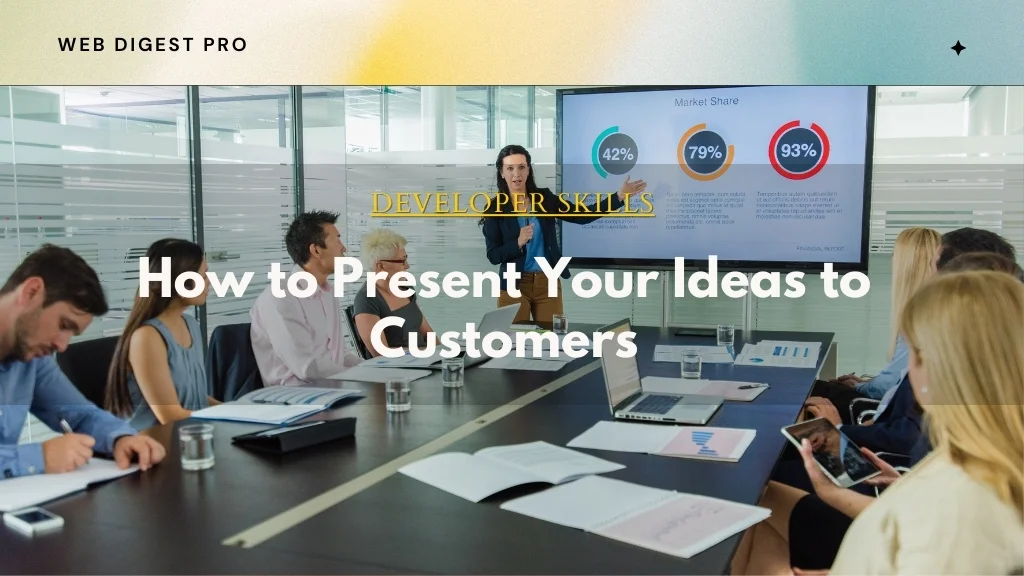




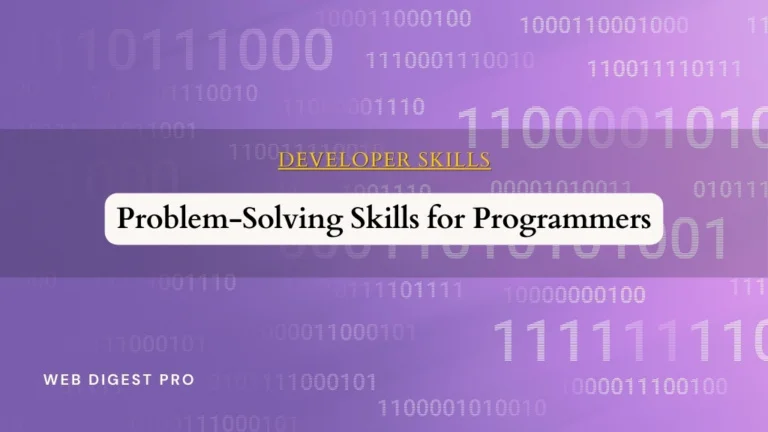

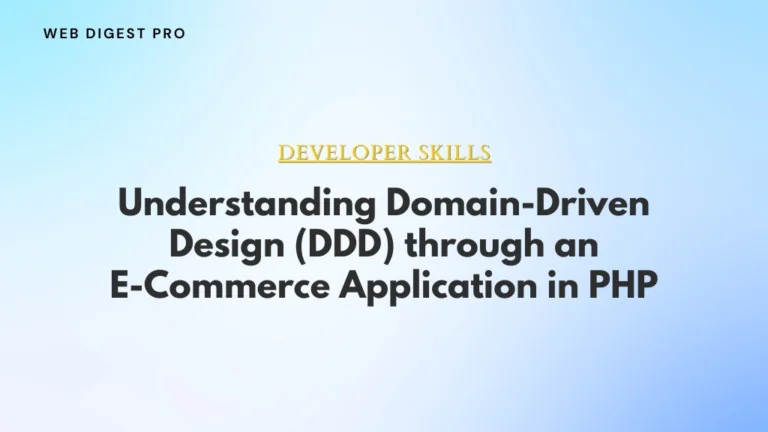
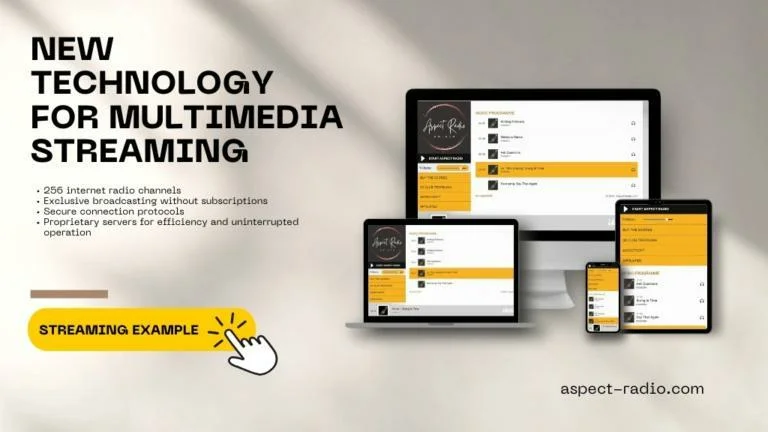




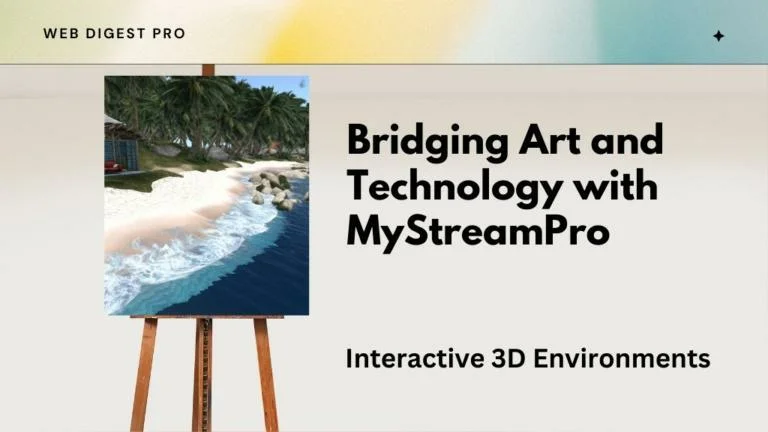
+ There are no comments
Add yours